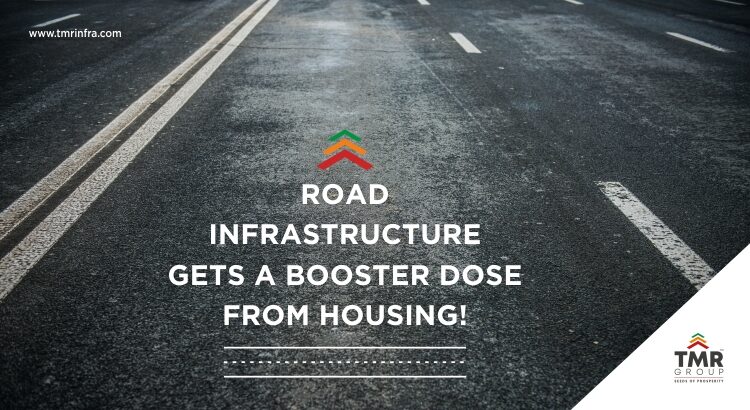The infrastructure and connectivity of a city or urban centre are paramount to its development. As cities grow, so do their exteriors and peripheries that provide alternatives for affordable housing in the peripheral city areas. Convenient connectivity to the city’s core business districts and peripheries is vital for a suitable living environment. There is a […]
